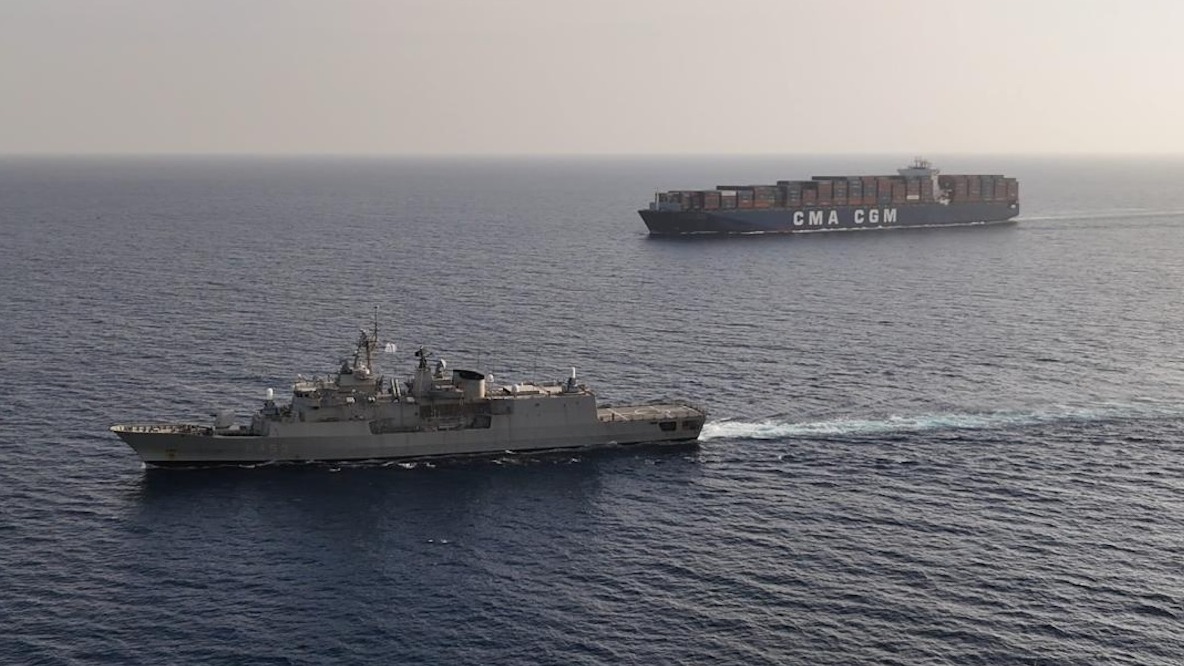Houthi Red Sea stand down: ‘Seismic’ impact on shipping
The Houthis have seen enough.
The tenuous Gaza ceasefire has led the Yemen-based militia to announce a pause in attacks on merchant vessels in the Red Sea, raising hopes for a return of large-scale container shipping to the Suez Canal trade route for the first time since 2023.
The rebels, who control 40% of Yemen, communicated their intentions this week in a letter to Hamas, the Palestinian governing body in Gaza.
Expectations were further heightened at a recent summit of ocean carriers hosted by Suez Canal officials in Egypt. Waterway tolls have crashed as much as 60% as vessel operators divert the largest container ships and crude oil tankers away from the region and on longer, more expensive voyages around Africa’s Cape of Good Hope.
While the Gaza peace talks have seemingly accomplished what two years’ of U.S. military attacks on the Houthi failed to, analysts warn a return of global container shipping depends on assurances that will satisfy carriers – and their insurers.
“Details are sketchy and you cannot base the safety of crews, ships and cargo on the word of Houthi militia,” said Peter Sand, chief analyst at shipping data platform Xeneta. “Carriers need far more assurance than that and, perhaps more importantly, so do insurance companies.”
Sand said that risk tolerance varies among carriers. CMA CGM of France, for example, stoked conspiracy theories in the shipping community when it continued to operate scheduled commercial services in the Red Sea despite ongoing Houthi violence. The liner further tested tolerances this month as the mega-capacity CMA CGM Zheng He and CMA CGM Benjamin Franklin transited the region, the largest vessels to ply the route since 2023.
“Transits may start to increase if there is a perceived lower risk, but we are unlikely to see an imminent return to 2023 levels,” Sand said.
Xeneta estimates the longer routes around Africa currently absorb around 2 million twenty foot equivalent units (TEUs) of global container shipping capacity, increasing transport demands on the world fleet.
A full-fledged return to the Red Sea – a key trade route connecting Asia with Europe, the Mediterranean and North America – would ease the stress on the ocean supply chain and potentially cause freight rates to plummet, unless carriers take drastic measures such as idling, scrapping, slow-steaming and blank sailings.
“Carriers now face a dilemma: Follow and accept the remaining security risks, or stay around the Cape and risk losing market share,” wrote Luuk de Gruijter, senior investments manager for APM Terminals, in a LinkedIn post. “If more carriers follow and the Red Sea fully reopens, capacity on the Asia-Europe trade will likely surge and freight rates could drop. Insurers will also be watching closely, with premiums staying elevated until multiple safe transits confirm stability.”



Leave a Comment
Your email address will not be published. Required fields are marked *